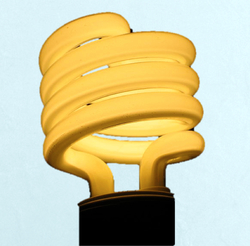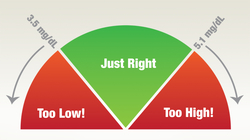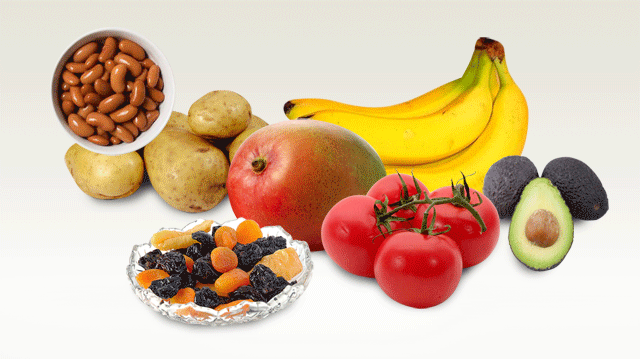Measuring Potassium
Your body needs potassium! But, it’s vital to have the right amount of potassium in your blood. Too much—OR too little—can harm you. You get potassium from foods, and healthy kidneys help keep your levels in balance. Blood tests can tell you if your levels are in the normal range.
Potassium is an Electrolyte
In your blood, tiny but precise amounts of dissolved potassium help your cells talk to each other. Potassium is an electrolyte. It helps carry electrical signals between your nerves and muscles—like your heart. Having the right amount of potassium in your blood is key to good health.
What Does Potassium Do for You?
You need potassium so your muscles (including your heart), kidneys, gut, and nerves will work well. When your kidneys don’t work as well as they should, potassium can build up to harmful levels in your blood. Having too much or too little potassium can stop your heart.
What Does Your Potassium Level Mean?
Do you know your serum potassium level? If you do, plug it into our Potassium Calculator to see how you’re doing with your potassium.
•Too high! If your potassium level is above 5.1 mg/dL, there could be many reasons. In stage 3 CKD, the kidneys become less able remove potassium. Some types of blood pressure pills may also raise potassium levels. If your kidneys fail, it is all too easy to get too much potassium from food. If your level goes up slowly, you may not feel any different. If it goes up quickly, you may feel weak or tired. Be careful! VERY high levels of potassium can stop your heart. Talk to your doctor if your levels are high.
• Just right. Good for you if your potassium level is in the target range. This is right where your care team likes to see it. Keep up the good work.
• Too low! Low potassium levels (under 3.5 mg/dL) can occur if you throw up a lot, have diarrhea, or take diuretics (“water pills”) to help lower your blood pressure. If this happens, you may feel weak, tired, or have extra heartbeats. To learn more about diuretics and other medications visit the Pharmacy.
Limiting High Potassium Foods
You take in potassium through foods you eat—especially fruits and juices. If you take a diuretic, your doctor may change your dose or check your blood potassium often. Keeping your potassium in the normal range may mean limiting high potassium foods and drinks, like:
- Dried fruits, like raisins, apricots, or prunes
- Tropical fruits, like mango and papaya
- Avocados
- Beans
- Tomatoes
- Potatoes
- Milk
- Coffee
- Salt substitutes
The U.S. Department of Agriculture (USDA) has a list of foods with potassium amounts* that might be helpful to use. Visit the Nutrition Room to learn more about potassium.
* Links will take you outside of the Department of Veterans Affairs website. VA does not endorse and is not responsible for the content of the linked websites.

You've reached the end of this topic:
Potassium
- Potassium is an:
Not scored Electrolytes carry an electrical charge when they are dissolved in water.
- In your body, potassium:
Not scored Potassium helps your nerves and muscles "talk" to each other.
- Having too much or too little potassium can:
Not scored It is vital to keep potassium in the target range to protect your heart.
- You take in potassium through foods like:
Not scored Watch portion sizes and choose lower potassium fruits and vegetables to help you stay on target.
- Potassium loss can be a side effect of diuretics (water pills):
Not scored Your care team or pharmacist will tell you if this can occur with your water pills, if you take them.
























